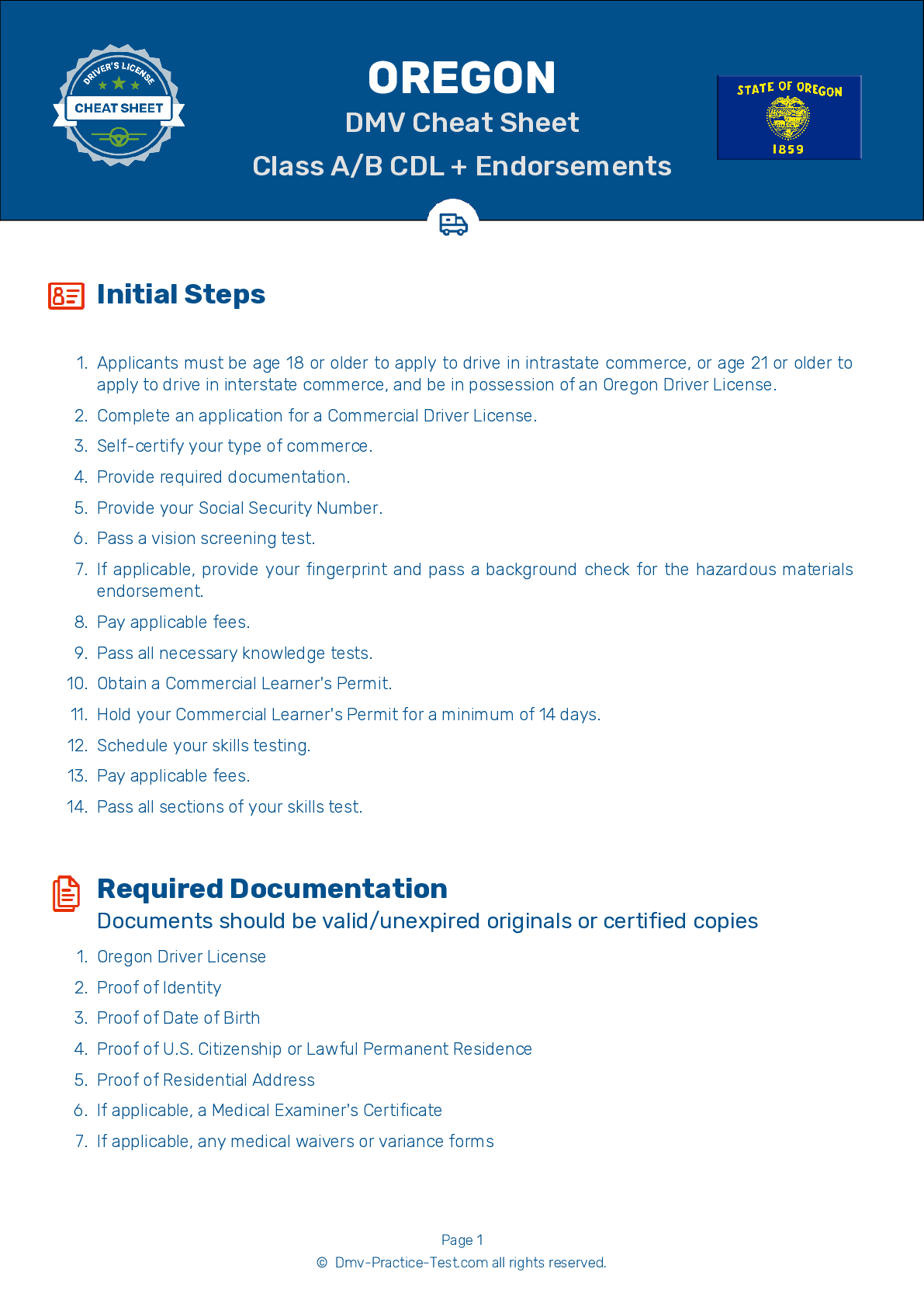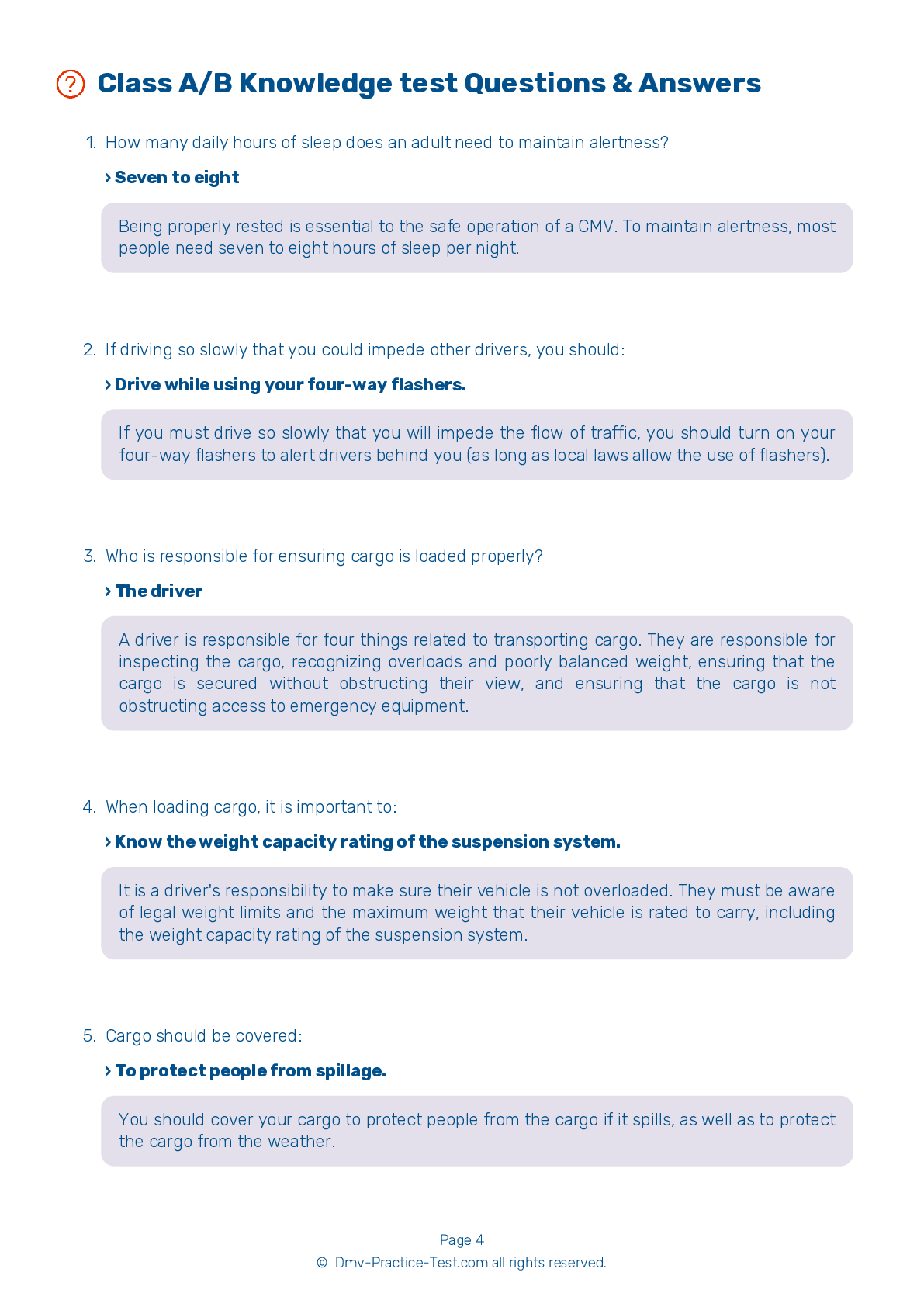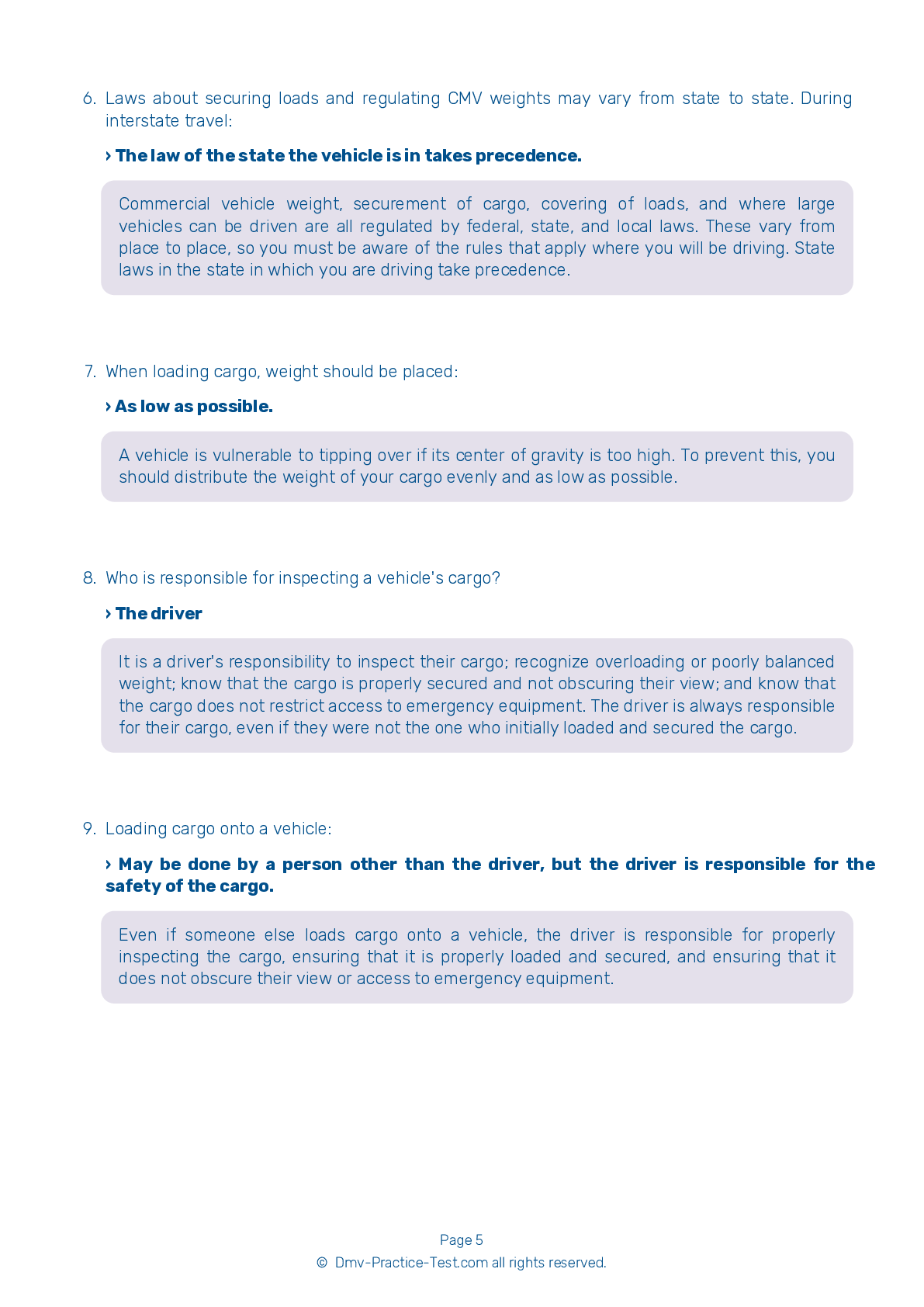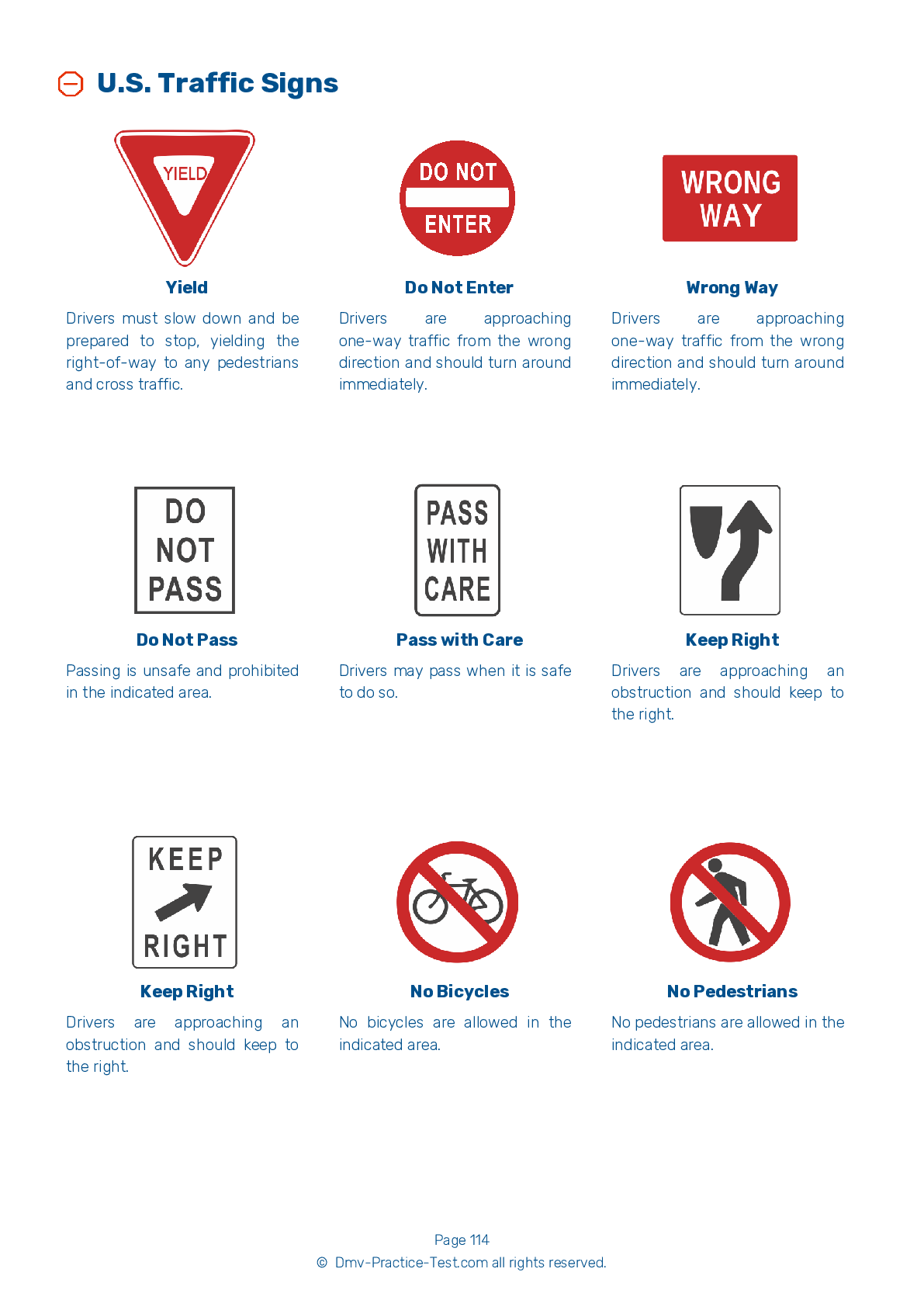Bus Driver Testing | Oregon 2025 #2
Train for FREE online with our OR bus CDL test. The official exam test consists of several obligatory parts, with all of them checking your knowledge of different blocks of road rules. If you need to obtain a license in Oregon in 2025, learn how to become a bus driver and then practice as much as possible. Free sample tests published on our website will help you check and improve your knowledge and boost your grades. Please bear in mind that DMV requirements for a bus driver may vary from state to state.
1 . ABS allows you to:
An Anti-Lock Braking System (ABS) helps stop wheels from locking up during hard braking on slippery surfaces. With ABS on your vehicle, you should drive and brake in the same way that you would without ABS on your vehicle.
2 . What do outside crossover mirrors allow a driver to see?
Crossover mirrors are used to help a school bus driver see the danger zone area directly in front of the bus, as well as the danger zone areas to the left and right sides of the bus, including the area from the front of the bus to the service door.
3 . When completing a conventional parallel parking maneuver, you should:
You may be asked to complete a conventional parallel parking maneuver into a parking space that is to the right of your vehicle. You should drive past the parking space before backing into it while bringing the rear of your vehicle as close to the rear of the space as possible. Your vehicle should be completely within the boundaries of the space.
4 . Backing a school bus is:
Backing a school bus is strongly discouraged and should only be done if there is no safe alternative. If you must drive in reverse, be sure to follow all proper safety protocol.
5 . When alley docking, you should first:
If you are asked to alley dock, you should first pull past the alley and stop your vehicle in a position that is parallel to the outer boundary. From there, you should back your vehicle entirely into the alley parking area. Your vehicle should be parked in a straight position within the boundaries of the parking space.
6 . A school bus's danger zones are located:
The danger zones of a school bus are areas in which children are most likely to be hit, either by another vehicle or by the bus itself. Such areas are located to the front, sides, and rear of a bus. Danger zones can extend 10 feet from every side of a bus.
7 . School buses:
In general, school buses manufactured after 1998 or 1999 must be equipped with an Anti-Lock Braking System (ABS). Many older buses are equipped with ABS as well.
See the exact questions that will be on the 2025 Oregon DMV exam.
99.2% of people who use the cheat sheet pass the FIRST TIME
Lillian MCcranie explains how our CDL study guide was helpful in passing the exam and recommends it to everyone.
Cameron tells us how he purchased the CDL exam, and found it to be a useful tool which helped him pass the exam and find a job.



